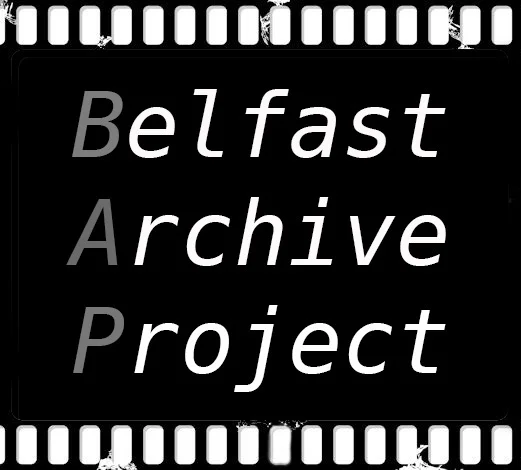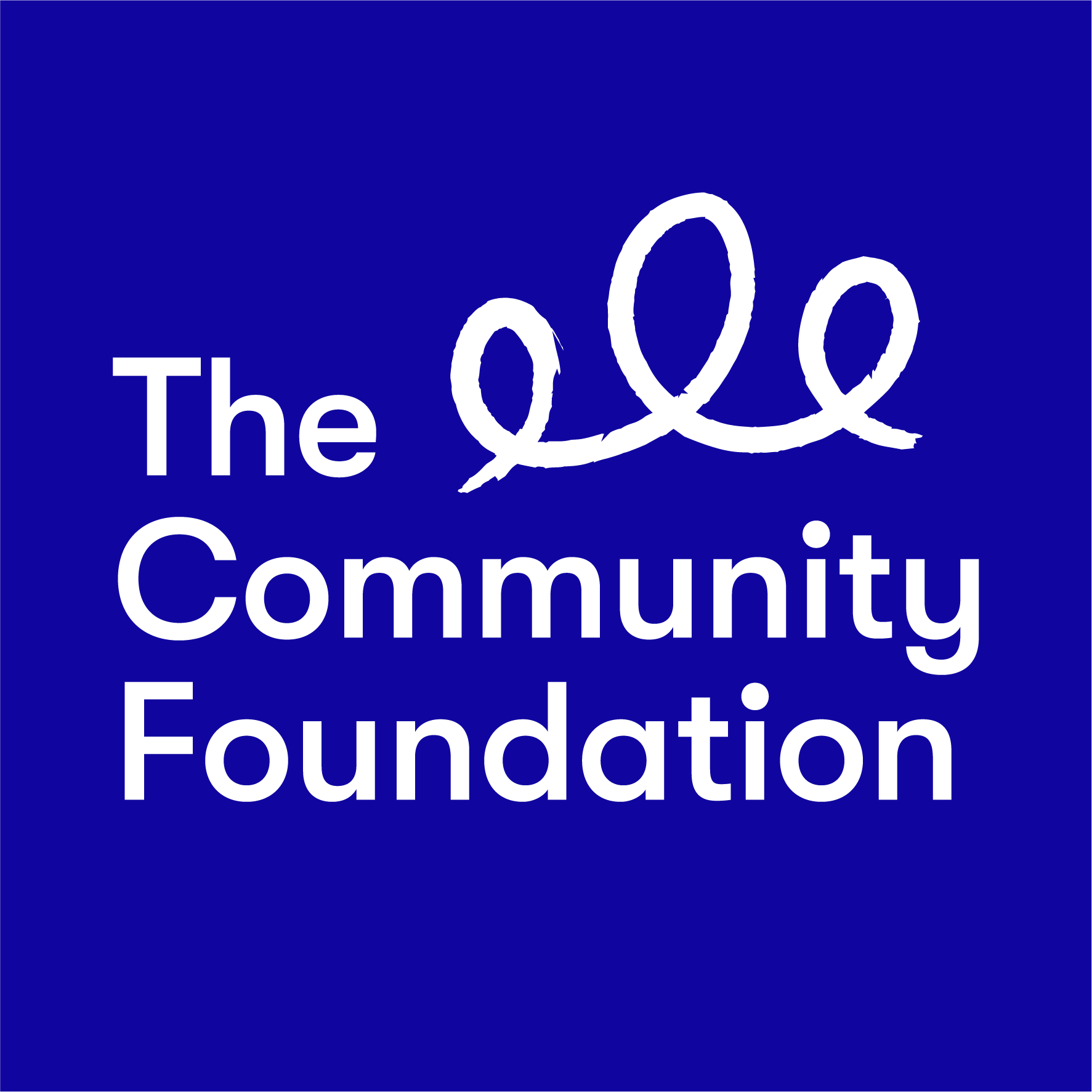Andrew Johnston
I’ve always had an interest in photography in some shape or form. Years ago I used to sit in my Great Auntie’s house and spend hours looking through her family photo albums. In later years, I then developed a real passion for local history, local politics and sociology. The way people live really fascinates me. I suppose when you’re enthusiastic about these topics then the Troubles era is something that I’m naturally drawn to research. My own family was affected by the violence here with three members being killed when on holiday in Coleraine. Even though I didn’t get the chance to know them personally, I’ve always grown up hearing stories about them. This in itself encouraged me to do more research. To be honest, I’ve never been much of a reader so when I began looking into the Troubles it was photographs that initially caught my attention. Visually looking at something has a stronger impact on me personally.
People like Buzz Logan, Bill Kirk, Frankie Quinn documented Belfast throughout these troubled times, but they didn’t do it the way press photographers around the world were doing it. It was obvious they spent time with the communities they focused on. They got to know the characters they photographed and I think this makes their photographs more attractive. They inspired me to do what I’m doing now.
For the last twenty years we’ve had a drip feed of information saying that everything in Northern Ireland is perfect now. Yes, its better than what it was. Belfast city centre has completely changed, but I found that when you go into working-class communities like the Shankill and the Falls many of the age-old problems still exist. Division is still part of daily life.
I’ve documented lots of the communities throughout Belfast but the Shankill Road is a place that’s close to my heart. I’ve family members from the road. My Aunt and Uncle used to live in Battenberg Street and then moved to Ainsworth Avenue when the street got pulled down. I remember years ago when I was small going up to visit them with my Nana. There must have been a band parade on that day. We took a walk down the road; it was so busy, so colourful, people were standing chatting to each other. I remember saying to my Nana, “ I want to live on the Shankill when I’m older”. She just laughed.
I saw it then and I still see it now. Much of the Shankill has changed but I still sense a community atmosphere – an atmosphere that has diminished in other parts of Belfast. I wanted to document this because I knew it would change, so I took the camera and began walking the length and breadth of the Shankill, taking photos of the streets, the people and the shops. I would start at Brown Square and walk up to the Woodvale. Sometimes I’d spend five or six hours on the road. If I saw a character, I’d stop them, try to explain what I was doing and then ask for a portrait. This isn’t the easiest thing to do when you have a stammer. That’s another reason why I took up the camera. I’m no good at telling a story but I’m good at it when it’s done through photography. In away the stammer breaks the ice. By the time I’ve got around to explaining what I want to say, the person feels sorry for me and allows me to take their photo, every cloud eh?
I’m a big fan of the environmental portrait. Whenever I take a photo of someone, I always try to make sure I include an interesting background. The Shankill Road and its backstreets are full of interesting backdrops. Murals, flags and graffiti are often included. Hopefully my photography is an accurate representation of the heart of the community. As it says on the murals, the Shankill really is a proud, defiant and welcoming place. You only have to stop and talk to people to find that out!
Shankill selection
Andrew Johnston’s Belfast
Maggie
Contrary to my usual projects documenting various communities throughout Belfast, I decided to focus on one individual. I first met Maggie during the annual Whiterock Parade on the Shankill Road in 2018. She was decked head to toe in red, white, and blue and seemed to amuse bystanders as she danced along the road with Orangemen. She spotted my camera and jokingly posed for a few photographs.
We then struck up a conversation before she invited me back to her home for a cuppa. Maggie lives in a terraced house in the middle of the Shankill Estate. Her street is festooned with painted kerbstones and flags. The area she lives in almost matches her character. The items people have in their homes often intrigue me; they tell an awful lot about the person that lives there.
Framed photographs of King Billy, Edward Carson, and the Queen adorn the living room walls. Maggie was born and reared on the Shankill Road before she moved to Maryhill in Glasgow for a short time. It was there when she joined the women's orange lodge, and she's been a member ever since. She used to work in a chippy on the Old Lodge Road, and she says that she can still make a good pastie.
These photographs aren't filled with action, however they're a document of the many times I've visited her home. Maggie is a true character and probably one of the nicest people I've met. She often welcomes me into her house, and she's certainly not afraid of the camera. This work is concentrated around an environmental portrait series of one working-class Belfast resident. There are still many characters out there, but you have to go looking for them now!
Galleries
100% of every donation goes directly to programming. We deeply appreciate your support!
Social media
-
Great book launch for Michael McCann at Cultúrlann! Pick up a copy of his Burnt Out: How the Troubles Began!… https://t.co/M9GHarkXCG
-
RT @Inter_Arch: Nice to see more material on the Belfast Archive website. Includes Gerry Collins shots of Bombay St in August 1969… https://t.co/kgtGGySLiK
-
RT @Inter_Arch: Bombay St, 1969 and first (Troubles-era) barricades in #Belfast. Photos by Gerry Kelly on @ArchiveBelfast https://t.co/H4mAW2GHRX
-
Thanks Vicky! https://t.co/MhiaSys4Lr





































